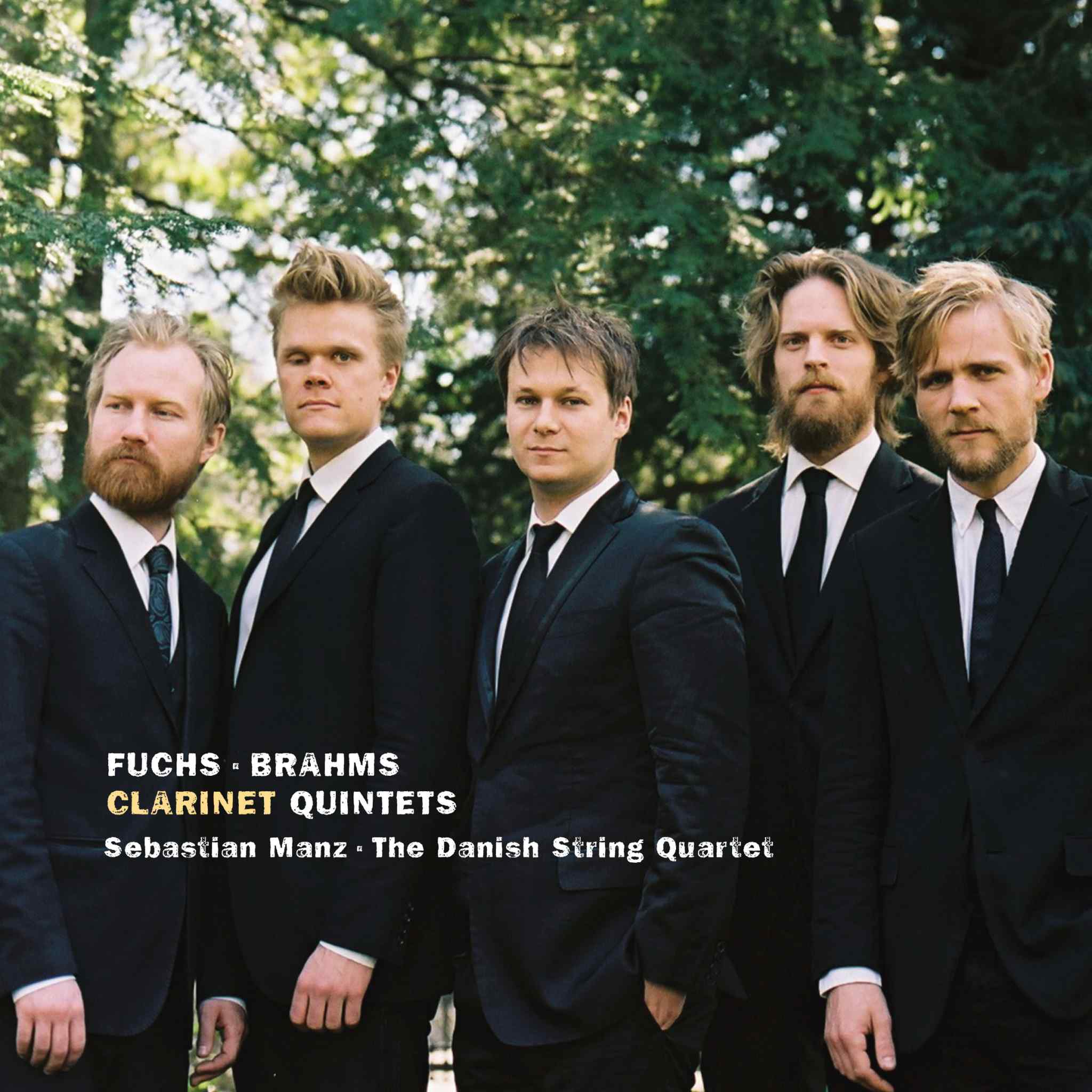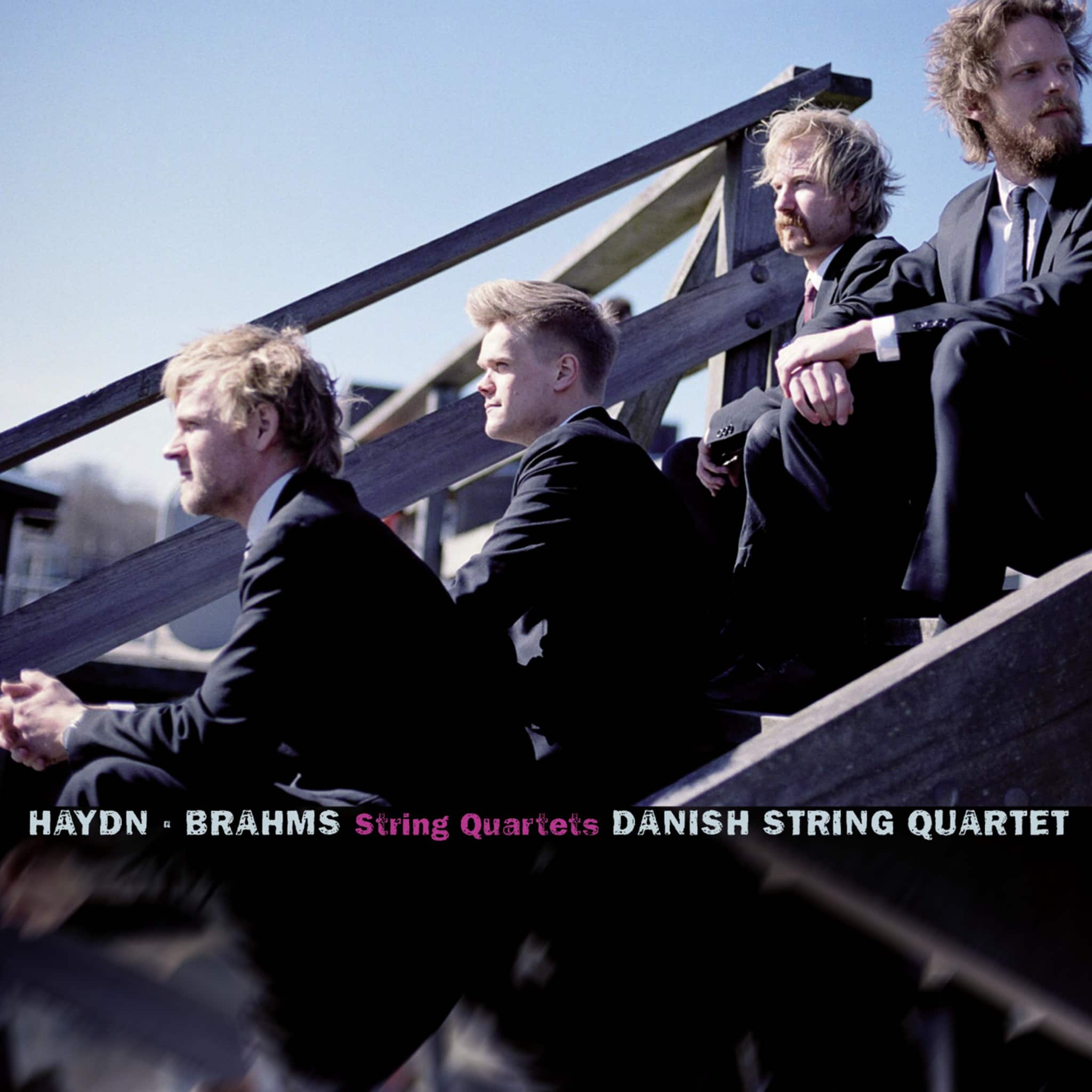Album insights
The presented recording is a tangible testament to the cultural significance and musical enthusiasm of the royal princes of the House of Lancaster. It aims to showcase the vocal and ceremonial beauty realized in the court chapels. Through the music, the brilliant and iconic personality of Henry V is celebrated, the hero of Agincourt and the French campaigns; the evidently unheroic yet culturally and religiously influential character of his son, Henry VI; and finally, the perhaps unlikely figure they both revered: John Thwenge (Thwing), a 14th-century Augustinian prior who was canonized before the Reformation and was known as St John of Bridlington. Additionally, the Antiphoner of Wollaton is honored, a magnificent illuminated hymn book from the early 15th century uniquely preserving the melodies of the Bridlington liturgy, remaining one of the most impressive surviving books among the countless liturgical volumes of pre-Reformation England, most of which fell victim to destruction and so-called purges in the mid-16th century.
Our program presents a spectrum of English polyphonic singing styles from the reigns of Henry V and Henry VI. We have endeavored to maintain a balance between securely attributed works (from well-known and lesser-known composers) and anonymous pieces. The program as a whole represents a journey through the dynastic interests of the House of Lancaster, demonstrating the diverse singing styles available to well-appointed royal chapels in England at that time. More specifically, it features sacred ceremonial works either composed for Henry V during his reign as king, or dedicated to the patron saint of the House of Lancaster, John of Bridlington, as well as a group of motets in honorem beatae Mariae virginis.
The rendition of the Bridlington Mass presented here originates from the era of his son and heir, Henry VI, though it's not clear if it was possibly commissioned directly for (or even by) the Chapel Royal itself. The mass is based on one of the melodies from the Wollaton Antiphoner (Quem malignus spiritus) and is accompanied by several English plainchant pieces and a selection of motets, chosen not only for their musical qualities but also to illustrate the various styles of the "Lancaster decades" of the 15th century. These chants and motets are interspersed between the mass movements, sometimes grouped to address the Virgin Mary, and at times integrated as essential parts of the liturgical order. The early parts of the Bridlington liturgy up to the Responsory, where the Quem malignus melody is heard, are sung as a sort of musical introduction, starting with Johannis solemnitas. Additionally, the Asperges me, part of the penitential rite at the beginning of the mass, is sung as a cantus planus from Salisbury, with the refrain evolving into an improvised three-part polyphonic setting (a common tradition in England known as "faburden"). The conclusion of the mass is marked by a brief three-voice "post missam" motet, Agimus tibi gratias, traditionally sung in response to the dismissal of the priest, Ite missa est ("Go in peace").
Three pairs of cantus motets are dedicated as musical offerings to the Virgin Mary: Gloriosae virginis, Ave regina caelorum, and the particularly popular Tota pulchra es, paired with another Ave regina rendition. Additionally, a group of three longer motets directed towards the Virgin and St. George as primary advocates of the English monarchy (Salvatoris mater, Alma proles, and Salve mater) reflect the political nature of these compositions. These motets, composed by musicians from Henry V's own chapel, undoubtedly carry political undertones, blending religious and ceremonial aspects while echoing the wartime history of Henry's reign, particularly his pivotal victory at Agincourt and his significant role in relation to the English kingdom and people at that crucial time. Motets played a crucial role during Henry's reign in both everyday and special ceremonial rituals. One such instance was the performance of the (now lost) motet Ave rex Anglorum / Flos mundi / Miles Christi—expressing sentiments similar to those of the extant three motets—at the gate to London Bridge to announce the king's arrival in the city following his triumph in 1415. It's likely that these motets were meant to be performed together, as they appear thus in the Old Hall manuscript between the Sanctus and Benedictus settings. Hence, they are presented in a similar fashion within the liturgy following the Sanctus (the two outer motets grounded on the two "halves" of a shared Benedictus chant, divided at the word "ve-nit"). The middle motet evokes the invocation "Oh Christ, protect us from our enemies," seeking divine support during times of war for the state, the people, and the king.
The Missa Quem malignus spiritus is an extensive cantus firmus setting based on a plainchant from the Bridlington liturgy, widely known and frequently performed, as evidenced by its presence in four extant sources. Of particular interest is the fragmentary version found in the Choirbook Lucca, a significant manuscript collection of great historical interest composed around 1463 in Bruges, likely intended for use in the chapel of the English nation of merchant adventurers (whose director shortly before was the long-established Bruges resident William Caxton). The plainchant melody in relatively long note values appears in the lower of the two tenor voices and is sung to the original Bridlington text on our recording. The high tenor and discant voices above form an integrated vocal pair, engaging in rhythmic interplay and melodic imitation, giving the overall texture tautness and momentum. This style was exceptional but not uncharacteristic of English music at that time, showcasing the diverse vocal expression and compositional style prevalent in England. The anonymity surrounding many significant works like the Bridlington Mass or the iconic Missa Caput should prompt a reconsideration of our perception of the most famous composers' presumed individual styles.




